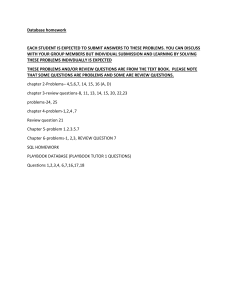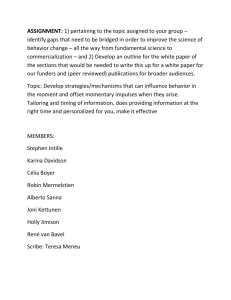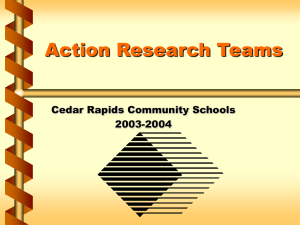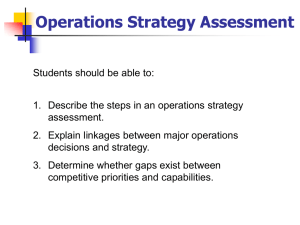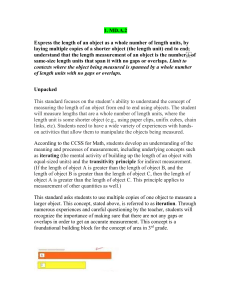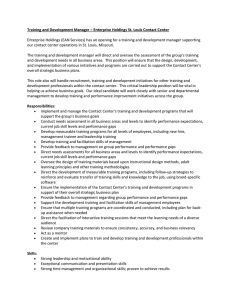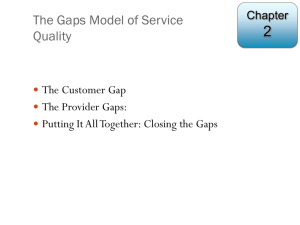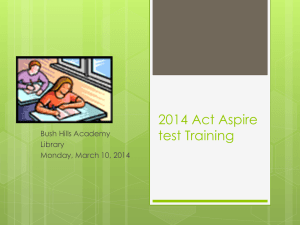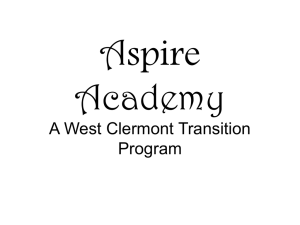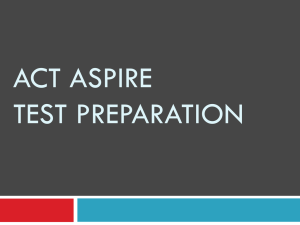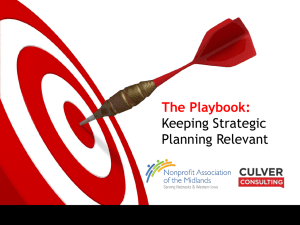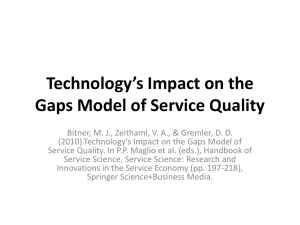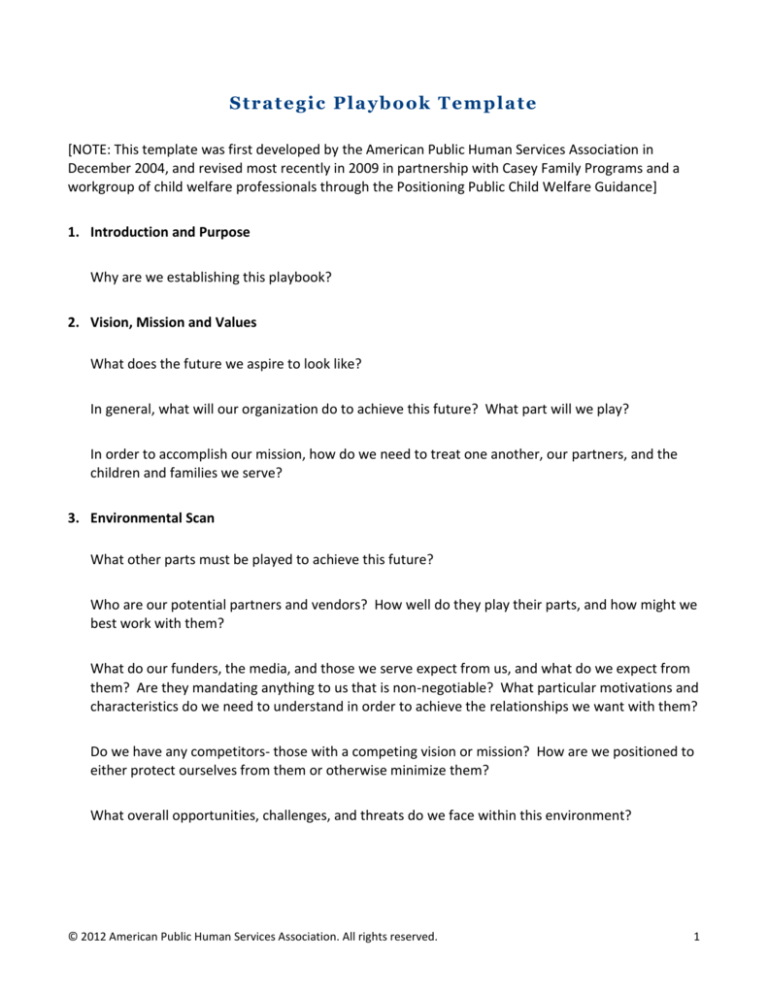
S t r a t e g ic P la y b o ok T e m p la t e
[NOTE: This template was first developed by the American Public Human Services Association in
December 2004, and revised most recently in 2009 in partnership with Casey Family Programs and a
workgroup of child welfare professionals through the Positioning Public Child Welfare Guidance]
1. Introduction and Purpose
Why are we establishing this playbook?
2. Vision, Mission and Values
What does the future we aspire to look like?
In general, what will our organization do to achieve this future? What part will we play?
In order to accomplish our mission, how do we need to treat one another, our partners, and the
children and families we serve?
3. Environmental Scan
What other parts must be played to achieve this future?
Who are our potential partners and vendors? How well do they play their parts, and how might we
best work with them?
What do our funders, the media, and those we serve expect from us, and what do we expect from
them? Are they mandating anything to us that is non-negotiable? What particular motivations and
characteristics do we need to understand in order to achieve the relationships we want with them?
Do we have any competitors- those with a competing vision or mission? How are we positioned to
either protect ourselves from them or otherwise minimize them?
What overall opportunities, challenges, and threats do we face within this environment?
© 2012 American Public Human Services Association. All rights reserved.
1
4. Client Analysis and Desired Practice Model
Who wants and needs services from our organization, and what do they expect? In terms of
achieving our vision, how do their “wants” differ from their “needs,” and why?
What models, tools, key processes and other techniques for developing and delivering those
services do we aspire to have?
5. Desired Structure, Culture and Leadership Platform
What organizational structure and key roles will we need to develop and deliver these services
well? What culture?
What vision and philosophy of our field, our community, our staff and our organization as a whole
will our leaders need to embody for us to succeed?
6. Organizational Strengths, Gaps and Capacity to Change
Comparing our current and our desired practice model and organization, what are our strengths?
What are our gaps?
Why do we have the gaps that we do- what do we think is causing them? What general solutions
or remedies might be needed to close them?
Based on our past experiences, how quickly are we able to implement solutions and remedies like
these?
7. Goals, Objectives and Initiatives
Given our environmental scan, desired practice model and organizational capacity, what are our
goals, objectives, and initiatives? This year? Over the next 2-3 years?
8. Major Project and Work Plans and Commitments
What is each department and function in the organization signing up to do to advance our goals,
objectives and initiatives? What are the primary task areas, the timeframes, and who is primarily
responsible?
© 2012 American Public Human Services Association. All rights reserved.
2
9. Performance Measures, Timeframes and Governance
What data and analysis we will use to monitor our organization-wide performance? How will we
measure the impact and “return on investment” of our efforts? How and how often will we
monitor our progress and make any adjustments needed?
Who will manage and communicate about this playbook on an ongoing basis?
© 2012 American Public Human Services Association. All rights reserved.
3

